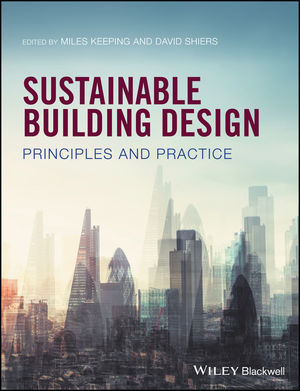Design's Social Agenda
Architecture in the public interest is now part of the Zeitgeist.

Photo © Michel Arnaud
The announcement of the 2016 Pritzker Prize winner last month came as something of a shock. Rather than select a precertified star, the jury picked Alejandro Aravena, best known for building smart, extremely low-cost social housing in his native Chile. Then a minor tempest broke out over the fact that the jury knew Aravena very well— he had been one of them for seven cycles, only stepping down last year. Yet Aravena was, by his own account, as surprised as anyone—and he was quick to defend the jury’s integrity.
The Prize has been a lightning rod for criticism in the past, of course—for neglecting women architects, and for avoiding, usually, the idea of collaboration. But let’s look at the deeper significance of this year’s honor. The choice of Aravena sends a powerful message about the role of architecture in addressing some of the world’s most urgent problems—as did the 2014 prize to Shigeru Ban, famous for his temporary shelters for victims of disaster. The award is formally bestowed each year at a site of architectural significance that has no connection to the winner (Tadao Ando received his 1995 medal at Versailles, of all places), but, this year, it seems perfectly appropriate that Aravena will be celebrated in April at the United Nations headquarters in New York.
The push for the profession to be more engaged in social issues has been rapidly growing, of course, particularly among younger architects and students. When Aravena steps onto another global platform this year, as director of the Venice Biennale, his theme, “Reporting from the Front,” will put into sharp focus projects that enhance the built environment and improve the quality of ordinary peoples’ lives. The Santiago-based architect promises an inclusive Biennale that will highlight “practices where creativity was used to take the risk to go even for a tiny victory, because when the problem is big, just a 1-millimeter improvement is relevant.” Accordingly, the exhibition in the U.S. Pavilion, called The Architectural Imagination, intends to showcase the power of architectural thinking in regenerating postindustrial cities. Cocurated by critic and editor Cynthia Davidson and former dean of architecture at the University of Michigan and now at Princeton, Monica Ponce de Leon, it will look at the potential of four abandoned or underused sites in Detroit, as radically reimagined by 12 teams of architects.
In the UK, 2015’s Turner Prize—usually given to an artist—went to Assemble (RECORD, September 2015), a London architecture collective that pursues community-oriented projects. The inaugural Chicago Biennial, which closed last month, also promoted a social agenda, though it was smuggled in under a banner defining the exposition as “The State of the Art of Architecture.” Many of the 120 U.S. and international firms invited to participate responded with projects that tackled housing needs, sustainability, and enhancing the urban realm. Studio Gang exhibited a compelling proposal for a model Chicago police station— one that would be less an urban fortress and more a community center—as an attempt to rekindle trust between citizens and cops on the beat. The project’s actual first step was the opening of a public basketball court, carved out of a police station parking lot in a gritty neighborhood—a “tiny victory,” to be sure, but an especially timely one as revelations about police shootings of African Americans fueled new outrage in Chicago.
Though hardly alone in undertaking such activities, Studio Gang is a high-profile model practice that balances innovative architecture for commercial and institutional clients with work on social issues, often initiated by the architects themselves—what founder Jeanne Gang calls “actionable idealism.”
Not all professionals are pointedly bent on curing the world’s ills, but they can bring design excellence and a commitment to responsible architecture to their work. Case in point: the artful renovation or adaptive reuse of an existing building, a profoundly sustainable approach to improving the built environment.
In the following pages, RECORD explores a half dozen such exemplary projects. New spaces for viewing art are among the most popular adaptations these days, and here the transformations of buildings into museums range from what was once a hospital in Renaissance Florence to a 1979 Beijing electronics factory to a neoclassic courthouse in Singapore. Just because these projects didn’t start from scratch doesn’t mean they are self-effacing; in even the most subtle restorations, the architectural imagination is alive and well.







